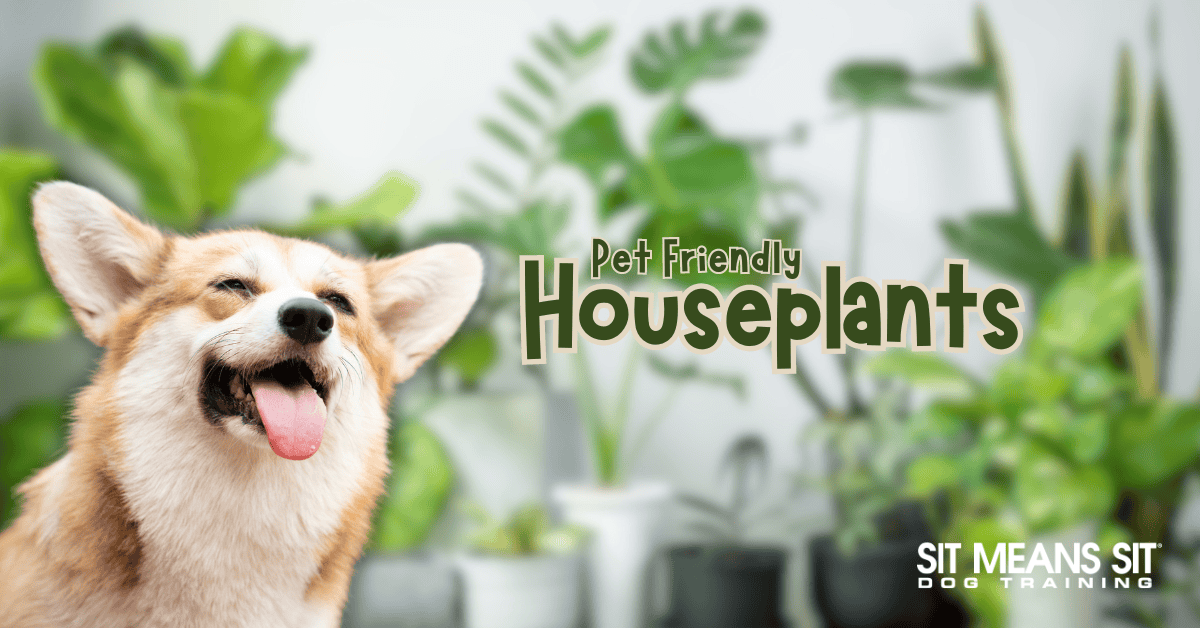Your home can feel drab without the right decorations and aesthetic choices that fit your personality and taste. Finding pieces that make your place feel like home can be challenging. There’s a simple solution for all decorators, amateur or expert: houseplants. Livening up your home with various colors allows you to express yourself easily. As dog owners, our number one priority is the health and safety of our pups. Canines can be curious, so if you plan to brighten up your space with plants, steer clear of toxic houseplants. Not sure where to begin? No worries – we’ve compiled a list of 8 pet-friendly, beautiful houseplants that will make your place feel like home.
African Violet
Scientific Name: Saintpaulia
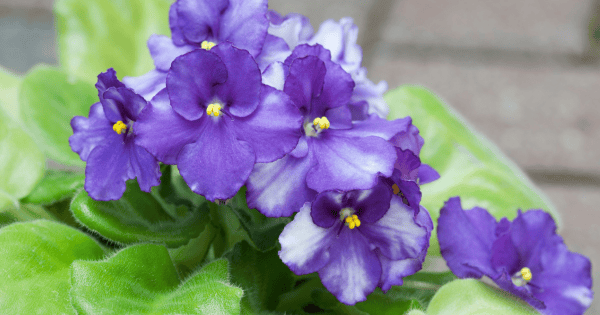
African Violets are one of the more popular house plants for pet owners and plant fanatics. Their beautiful purple and pink colors are nice to look at and easy to maintain! They’re safe for pets and stay relatively small—most finish growing around 12 inches. With the proper care, these flowers can last up to 50 years. Avoid overwatering, cold temperatures, and direct sunlight to elongate the life of your African Violet.
Boston Fern
Scientific Name: Nephrolepis
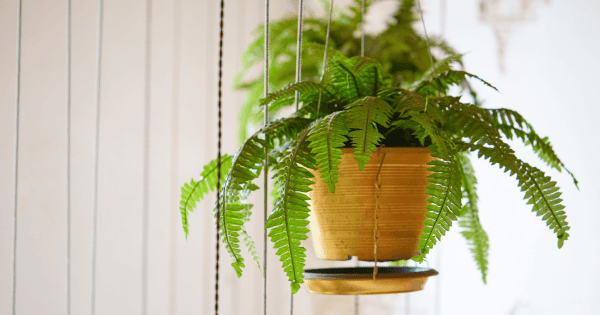
Boston Ferns are great for folks who don’t have much time to care for their plants. These plants do not require much maintenance and are safe for dogs and cats! Be on the lookout for toxic fern varieties. Not all ferns are safe to be around dogs. Keep in a cool place with indirect sunlight and lots of humidity. If you want to keep plants away from your dog altogether, Boston Ferns also look great as hanging plants!
Chinese Money Plant
Scientific Name: Pilea peperomioides
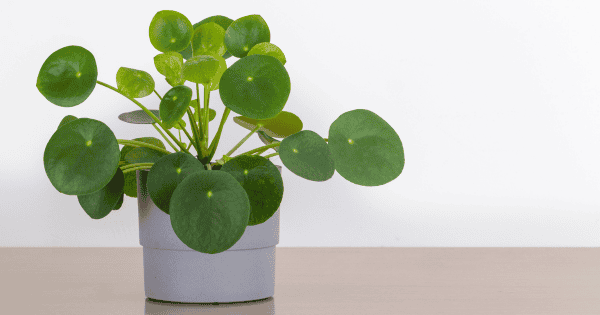
Chinese Money Plants are non-toxic, quirky, and extremely easy to care for. They are great for propagation, and their sprouts are even called “pups.” Your pup and their “pup” will get along great, even if Fido tries to make your Chinese Money Plant a new treat. Chinese Money Plants require medium to bright light and usually will not get too large.
Lipstick Plant
Scientific Name: Aeschynanthus
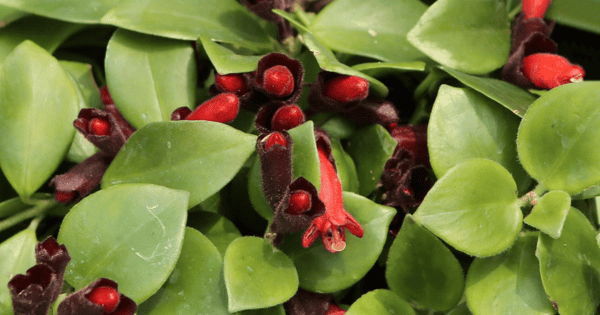
Lipstick Plants have unique blooms that resemble tubes of lipstick. They thrive in bright, humid climates and prefer moist soil. These plants are safe for dogs to be around and for your pooch to ingest them as well. These red and green plants can grow up to 20 inches tall.
Money Tree
Scientific Name: Pachira aquatica
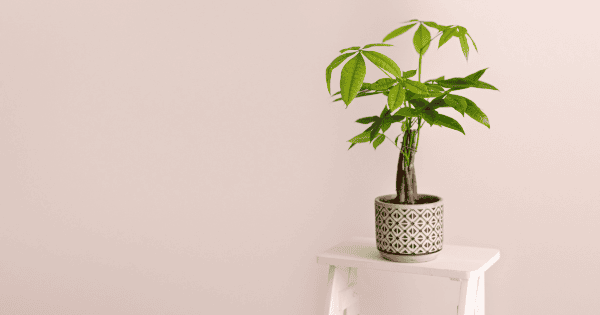
Money trees are popular houseplants thought to bring good luck and fortune to those who own them! With their small tree-like appearance, these plants can be great for cohabitating with your furry friend. Be careful not to let these trees get too overgrown. Without proper care, they can quickly take over whatever space they are in.
Baby’s Tears
Scientific Name: Soleirolia soleirolii

This flowering plant, known as “Baby’s Tears,” is perfect for terrariums or small hanging baskets. Its fullness completely covers the soil and may discourage curious canines from digging in the dirt or eating the plant. Baby’s Tears come in wide varieties and are good to pair with other non-toxic plants.
Hoya Plant
Scientific Name: Hoya
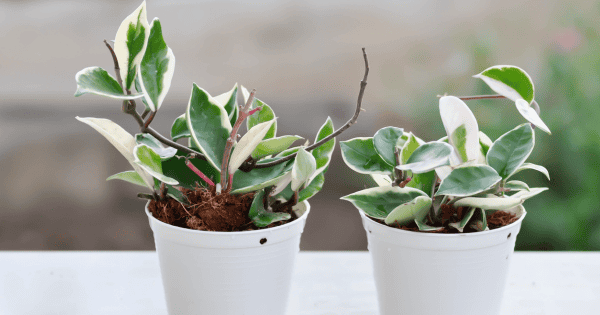
Hoyas come in many varieties, commonly with thick leaves and woody stems. These plants grow very slowly, so less attention is necessary, allowing you to redirect your attention to your furball. Varieties in shape and color mean that these plants fit any aesthetic and can work well in any room in your home.
Air Plant
Scientific Name: Tillandsia
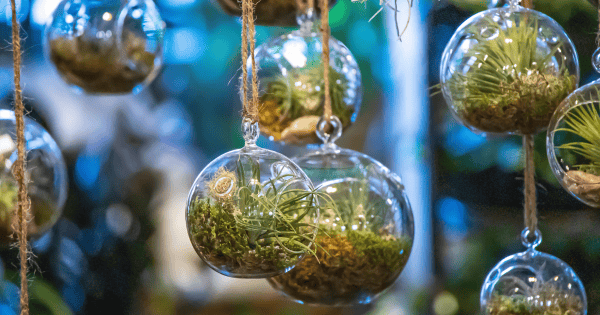
The last plant on our list is perfect for a pet-friendly home because it never has to touch the ground! Air Plants are extremely low maintenance and do not require soil. These plants thrive in direct sunlight and require a weekly soak to keep fresh and healthy. Several different varieties exist to populate your home with beautiful colors and textures that will also be harm-free for your dog!
Whether you’re a future horticulturist or just want some stress-free plant options, you and Fido will love these safe greenery solutions. Even though these plants will not hurt your pooch, it still may be a headache if your four-legged friend gets a hold of them. Consider proper behavioral training for the best results and cohabitation between your furry family members and your new decor!

